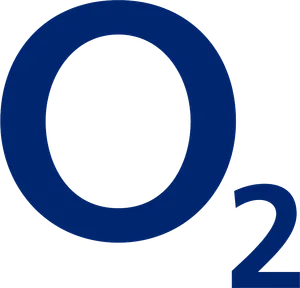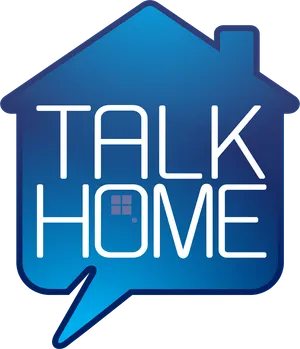What does the mobile coverage checker tool do?
The coverage checker tool will compare the signal and coverage from all UK mobile networks within your area.
Results are presented side by side, for a convenient and easy way to determine which networks have the best phone signal in your area.
To get started and view your results, simply enter your postcode. Alternatively, you can tap location button so we can automatically determine the postcode from the area you are currently within.
Results for each network are categorised by voice, 3G, 4G and 5G, with signal strength represented on a 4 bar scale for both indoor and outdoor coverage.
You can view a 5G coverage map for the surrounding areas by tapping the “View map” button.
How can I check my coverage?
There are 2 simple ways you can check for mobile coverage in your area:
-
Begin by entering your postcode. Once you start typing, a list of autocompleted suggestions will appear. Select the correct option from the list to proceed, or type your full postcode and hit enter.
-
Alternatively, tap the location icon. We will automatically determine your postcode, using the location you are currently within. Your browser will ask you permission on our behalf to use your location.
How can I view coverage maps?
Once you’ve entered your postcode, tap the black “View map” button on the corresponding card for the network you wish to view the coverage map.
The 5G coverage map will show the signal strength within a nearby radius. You will be able to zoom out to get an overview of your city, town or village, or alternatively zoom in to see a more precise location, such as from the street level.
The map will be covered in different shades to represent indoor and outdoor coverage. Tap the corresponding button on the menu to switch between signal strength for voice, 3G, 4G, and 5G.
Where do you get your coverage data from, and is it accurate?
We source our mobile coverage data from 2 locations:
-
Ofcom - used primarily for voice, 3G and 4G coverage. Information is supplied directly to Ofcom by Three, O2, Vodafone and EE, providing near 100% accuracy, or as close as possible. We use Ofcom’s API to fetch data on a postcode basis.
-
Better Internet Dashboard (BIDB) - used primarily for 5G coverage. Data sourced from coverage maps by Three, O2, Vodafone and EE. A point based on a postcode is used to calculate a score within the immediate radius. Data may not be as accurate as 3G and 4G results, due to 5G operating at higher frequencies with a generally shorter range. As a result, this makes signal strength harder to predict, but our results should be as accurate as currently possible. Special thanks to Marcus from BIDB for providing us with API access.
What is 2G, 3G, 4G and 5G?
-
2G (voice): second generation technology, which primarily focuses on voice communication and SMS, with very basic data services. 2G networks are slower than 3G, 4G and 5G, but have good coverage as the technology has been around for a longer time. UK networks are currently in the process of upgrading and replacing 2G infrastructure, however the technology will be around for at least another decade, as critical legacy devices often fallback on it.
-
3G: third generation technology, which introduced faster data speeds for improved internet access on mobile devices, like web browsing, video calling and streaming. Three, Vodafone and EE are phasing out 3G by the end of 2024 (O2 by 2025), to be replaced and upgraded by 4G and 5G infrastructure.
-
4G: fourth generation technology, delivering even faster download speeds with improved efficiency. Capable of streaming HD video, such as from Netflix and YouTube. Also more responsive for more reliable voice and video calls. Laid the foundation for a fully connected world, from smart homes to IoT (Internet of Things) devices. UK networks are still actively building new 4G sites, despite the introduction of 5G.
-
5G: the latest and greatest technology, supporting speeds up to 20 Gbps. Capable of handling massive amounts of data at superfast speeds. However, the technology operates at higher frequencies, which results in a shorter range compared to 3G and 4G. As a result, 5G can currently only reach around 10% of the UK population. It will take a while longer to build for 99% UK population coverage, of which 4G currently achieves.
Which networks provide mobile coverage in the UK?
There are 4 MNOs (Mobile Network Operators) in the UK which provide mobile coverage:
- EE (26% market share)
- O2 (19% market share)
- Vodafone (15% market share)
- Three (9% market share)
MVNOs (Mobile Virtual Network Operator) piggy back off one of the 4 major networks to use their infrastructure for coverage. For example, SMARTY uses Three, Tesco Mobile uses O2, Lyca uses EE and Voxi uses Vodafone. Competition is facilitated and encouraged by Ofcom, the UK's communications regulator, making it relatively straightforward for a new MVNO to establish a commercial agreement with one of the major UK networks for coverage access.


















